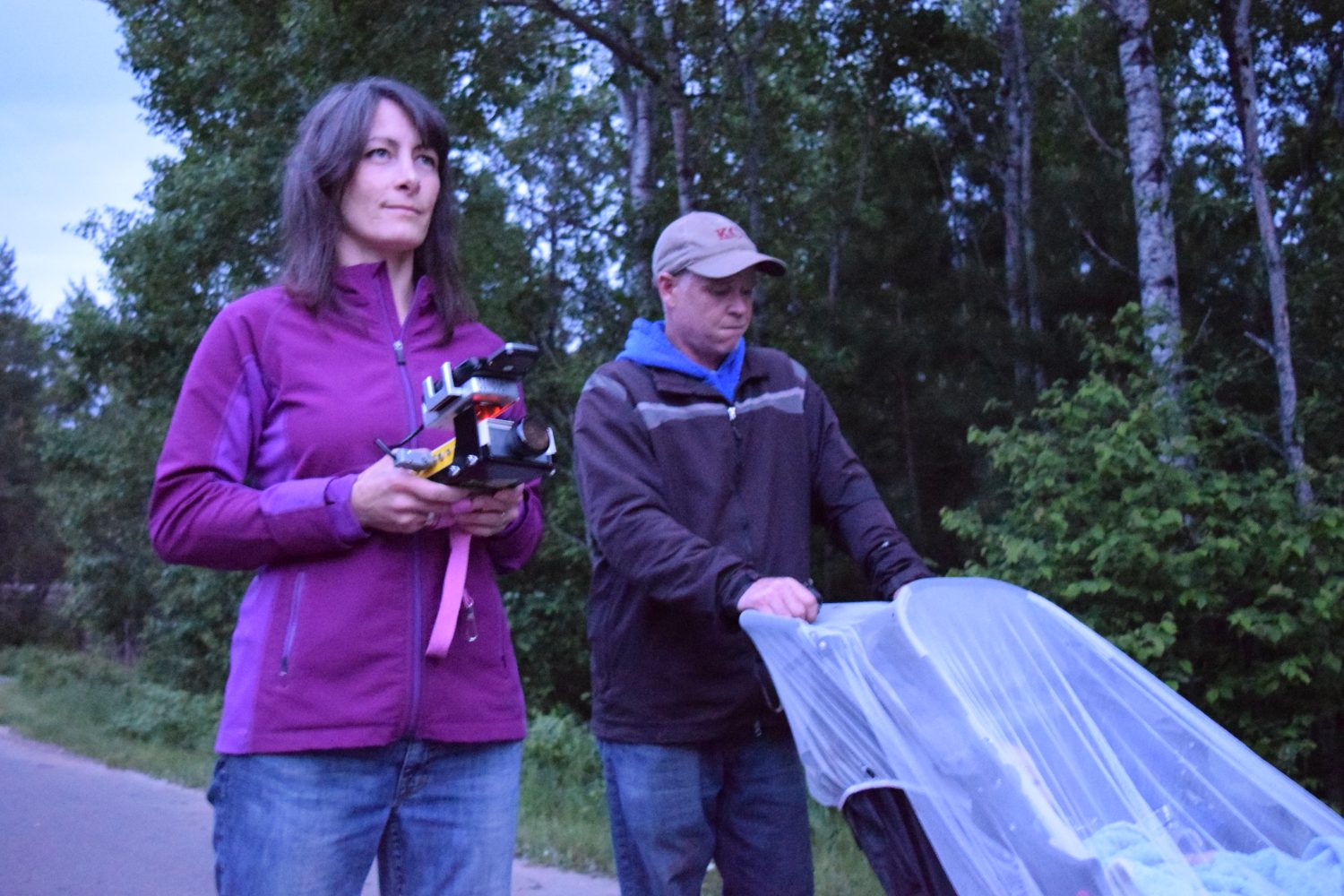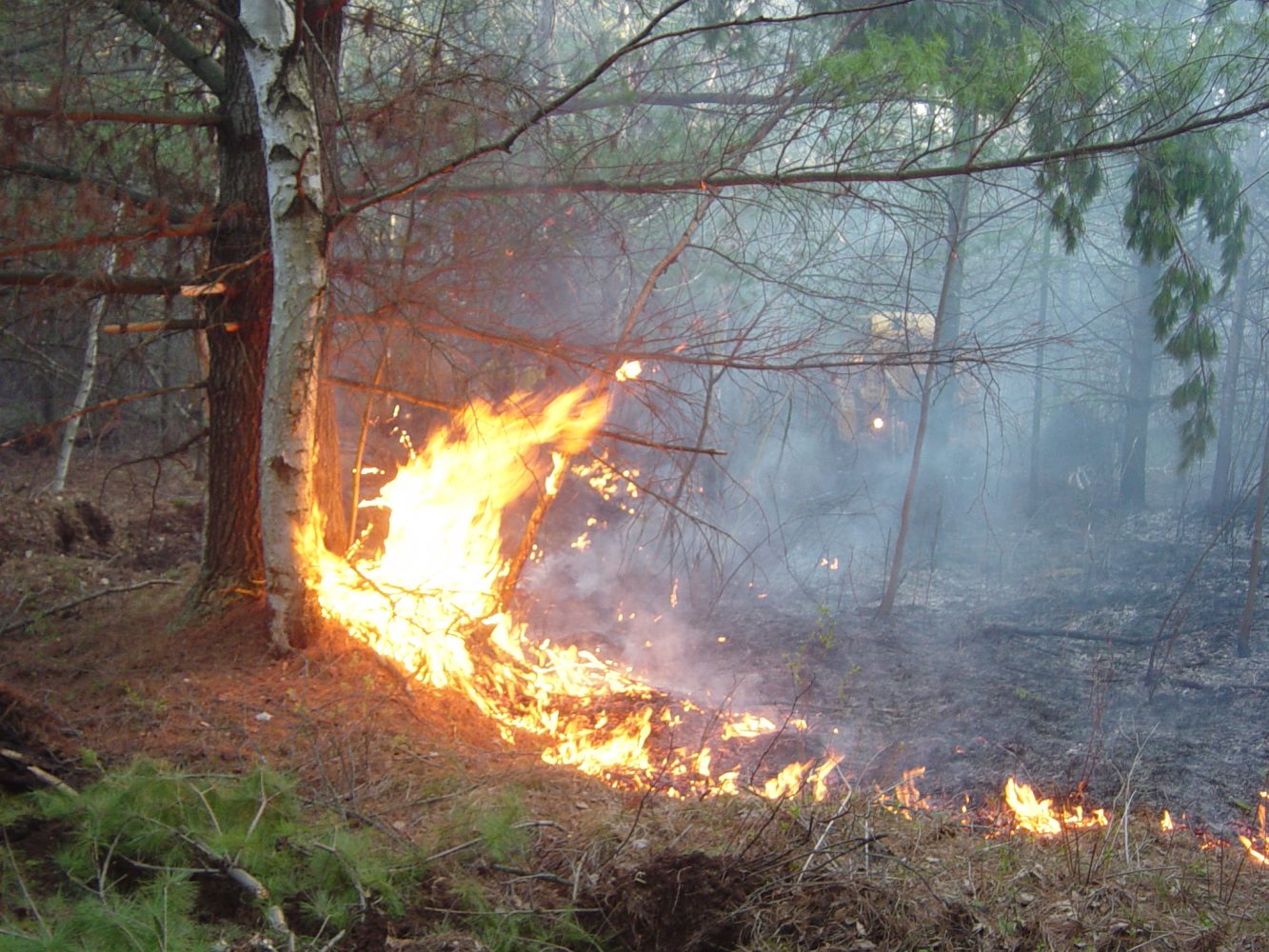Acoustic Detection

Citizen-science helps combat decreasing bat populations
By Jared Raney
Reporter
As of last winter, white-nose syndrome, a fatal disease affectin bat populations in the US, has infiltrated 14 sites in eight counties throughout Wisconsin. Though concentrated in the south of the state, it has also been found in the Upper Penninsula of Michigan as well as several sites along the Canadian border.
For bats in the Northwoods, white-nose syndrome is a noose that is slowly and inexorably tightening. Populations that usually hibernate in the caves to the north and south may soon have nowhere to go.
Bats are animals feared by many, but scientists and ecologists in Wisconsin are asking citizens to give science a helping hand.
The Wisconsin Bat Program is a statewide effort to recruit into what is being called citizen-science. Bats are becoming endangered quickly, and groups like the Wisconsin DNR simply don’t have enough hands to do anything about it. Enter the citizen-scientists.
There are many ways people can help combat white-nose syndrome, with little effort, mainly by providing much-needed data on bat populations and patterns.
 One of the best data-collection methods is acoustic bat monitoring. Requiring little on the part of volunteers, acoustic monitoring uses equipment that measures the frequency of bat echolocation, how they hunt use soundwaves, and reports data like species type, location and population back to the DNR.
One of the best data-collection methods is acoustic bat monitoring. Requiring little on the part of volunteers, acoustic monitoring uses equipment that measures the frequency of bat echolocation, how they hunt use soundwaves, and reports data like species type, location and population back to the DNR.
“The bat monitoring program is a way to engage citizens to do citizen-science, monitoring, and help out researchers getting information on where the bats are, what species are in different places,” said Quita Sheehan, who maintains a set of equipment at Trees For Tomorrow in Eagle River.
In the area, there is acoustic detection equipment for use in Oneida, Vilas, Iron, Forest and Florence counties.
Volunteers can also go to the North Lakeland Discovery Center in Manitowish Waters to monitor in Vilas and Iron counties.
“It’s important just because of the fact that we don’t really know a lot about where these bats are living and what they’re activity level is in our area,” said Anne Small, one of the citizen-scientists in Vilas County. “So this is just helping to build that data-set.”
Other than operating the equipment, which requires minimal training, monitoring is a simple process. You pick a route, which Sheehan said the DNR likes to have participants do at least once a month. These can be walking trails, road routes, or even water routes for those more adventurous souls, and 30 minutes after sunset you just carry the small handheld instrument with you on a leisurely evening stroll.
“I just like the idea of having a reason to have to be out at night, walking around,” said Sheehan, who has been monitoring for about four years. “It’s something a little different.”
“I really enjoy doing citizen-based science,” Small said. “Anything related to that, that I can do to help with DNR or other organizations that are contributing to valuable research, that’s part of what I enjoy about it.”
For more information or to get involved with the program, check out http://wiatri.net/inventory/Bats/. An informational session on bats and bat monitoring will also take place here in Oneida County on Aug.7. Go to http://kemp.wisc.edu/outreach/events/ for more information and to reserve your spot.
Leave a reply
You must be logged in to post a comment.





